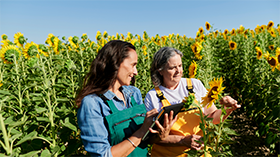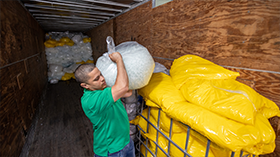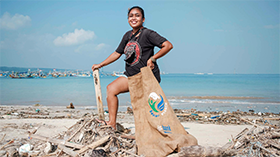
Eine bessere Zukunft startet mit uns allen - heute.
Wir ergreifen in unseren Produktions- und Vertriebszentren Maßnahmen, um nachhaltiger zu wirtschaften, wo immer es uns möglich ist. Wir sind bestrebt, Abfälle und unnötige Verpackungen zu vermeiden, um unsere potenziellen Auswirkungen auf die Umwelt zu minimieren.1 Indem wir eine verantwortungsvolle Materialbeschaffung fördern2 und Abfälle dort wiederverwenden, wo dies möglich ist*3, unternehmen wir Schritte, um das Wohlergehen von Menschen und Umwelt zu verbessern. †3 Gleichzeitig beginnen wir, Abfälle aus unseren Produkten und Verpackungen, die noch nicht wiederverwertet werden können, auszugleichen.
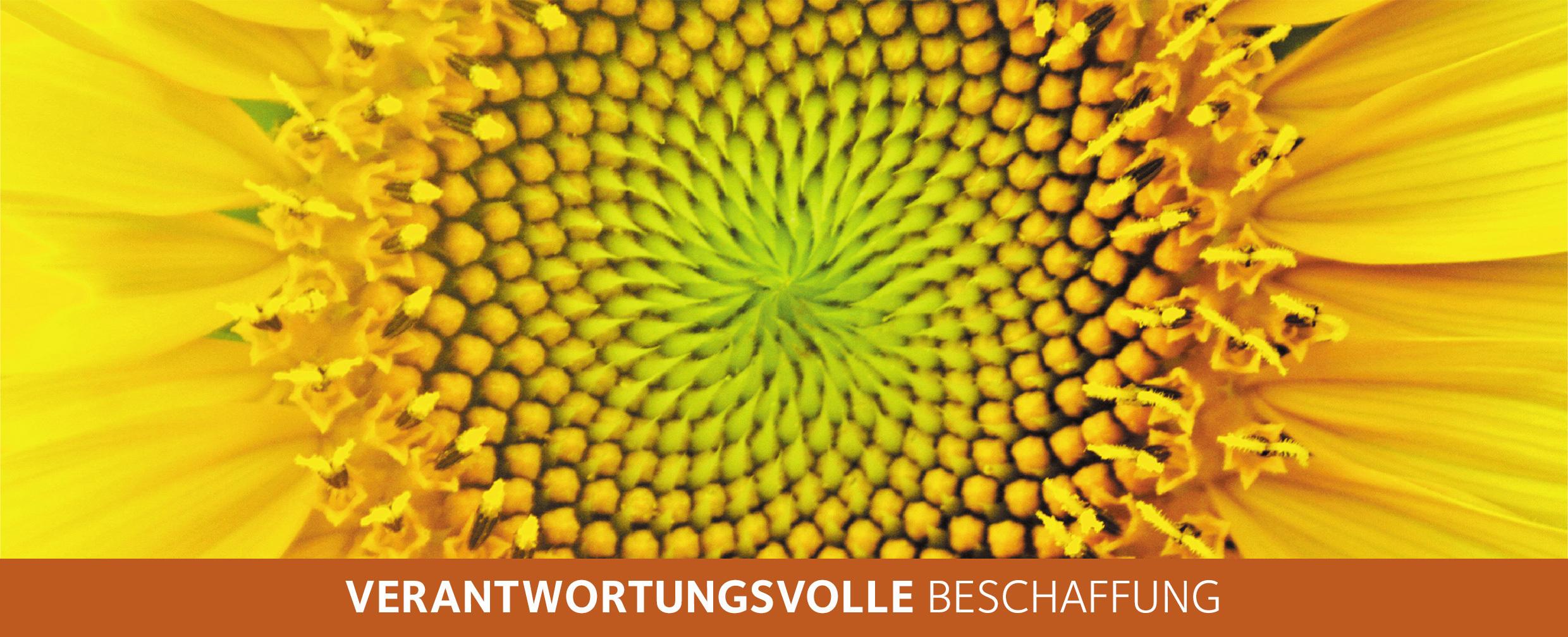
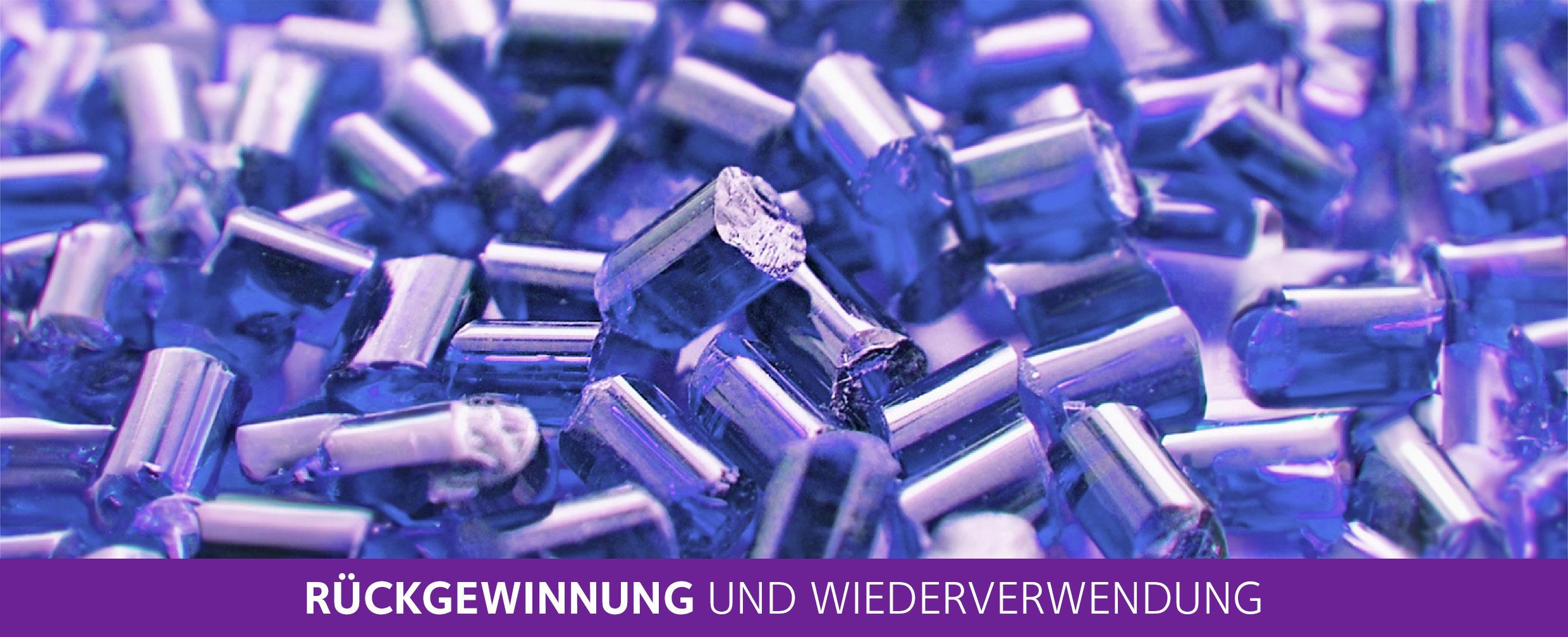
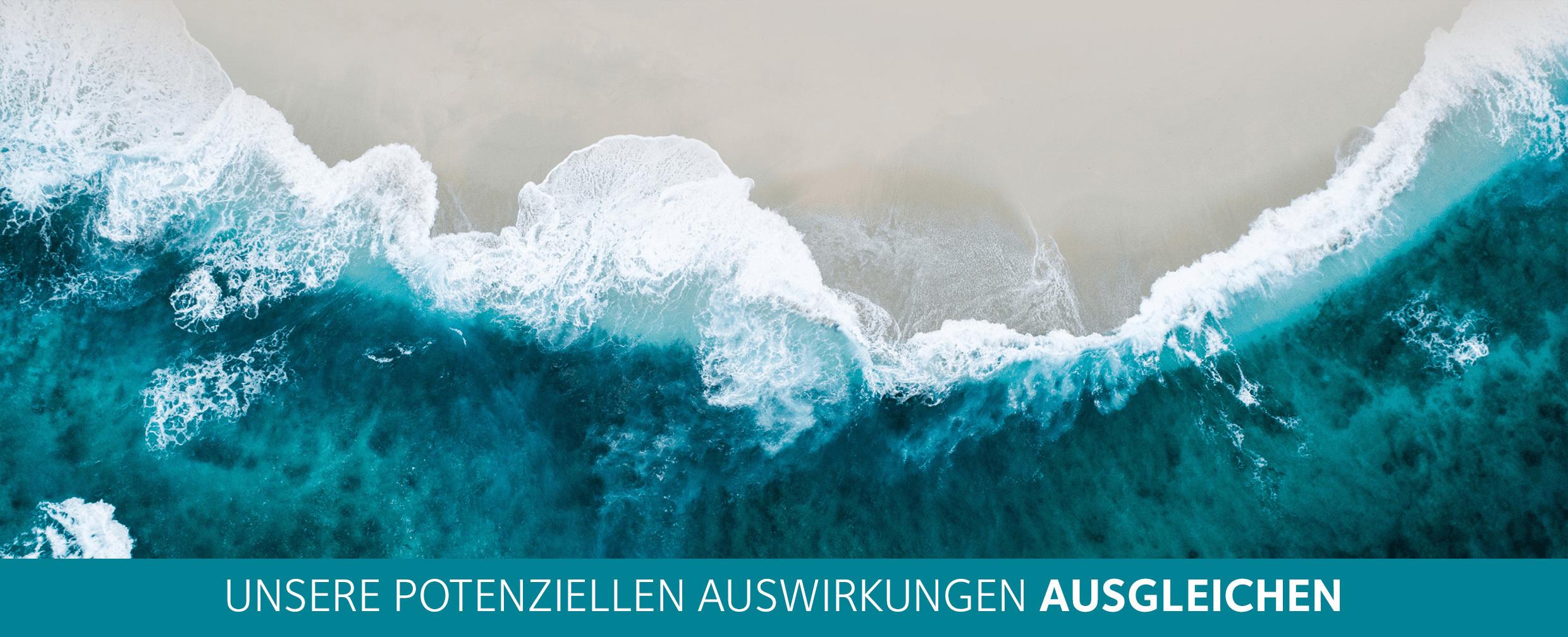
Eine bessere Zukunft startet mit uns allen - heute.
* CooperVision's 2020 Environmental, Social and Governance Report.
† Refers to CooperVision's plastic neutrality initiative with Plastic Bank. Plastic neutrality is established by purchasing credits from Plastic Bank. A credit represents the collection and conversion of one kilogram of plastic that may reach or be destined for waterways. CooperVision purchases credits equal to the weight of plastic in our-one day contact lens orders. One-day contact lens plastic is determined by the weight of plastic in the blister, the lens and the secondary package (outer carton), including laminates, adhesives, and auxiliary inputs (e.g. ink).
‡ Refers to continuous manufacturing improvement processes undertaken by CooperVision to increase efficiency – e.g. more than 99% of plastic components generated in manufacturing processes at CVI sites in Hungary, Costa Rica and Puerto Rico are recycled and then repurposed by outside manufacturers.
§ Natural resources are defined as but not limited to water, nitrogen, natural gas and other organic compounds.
| Renewables are defined as materials or energies that can be sustained indefinitely because of inexhaustible supplies or new growth.
¶ CooperVision uses renewable materials and energies in its manufacturing operations.
** CooperVision’s manufacturing processes are designed to adhere to CooperVision’s internal energy goals and design specifications.
†† Refers to CooperVision's plastic neutrality initiative with Plastic Bank and local community beach clean-up efforts. Plastic neutrality is established by purchasing credits from Plastic Bank. A credit represents the collection and conversion of one kilogram of plastic that may reach or be destined for waterways. CooperVision purchases credits equal to the weight of plastic in our-one day contact lens orders. One-day contact lens plastic is determined by the weight of plastic in the blister, the lens and the secondary package (outer carton), including laminates, adhesives, and auxiliary inputs (e.g. ink).
References::
1. CVI data on file, 2024.
2. CVI data on file, 2023. CooperVision Supplier Code of Conduct.
3. CVI data on file, 2023.
4. Stegmann, P., Daioglou, V., Londo, M., van Vuuren, D. P., & Junginger, M. (2022). Plastic futures and their CO2 emissions. Nature, 612(7939), 272–276.
5. CVI data on file 2020-2023, including Zero Waste to Landfill Report by Manufacturing Site indicating reclamation efforts by waste stream (2022).






